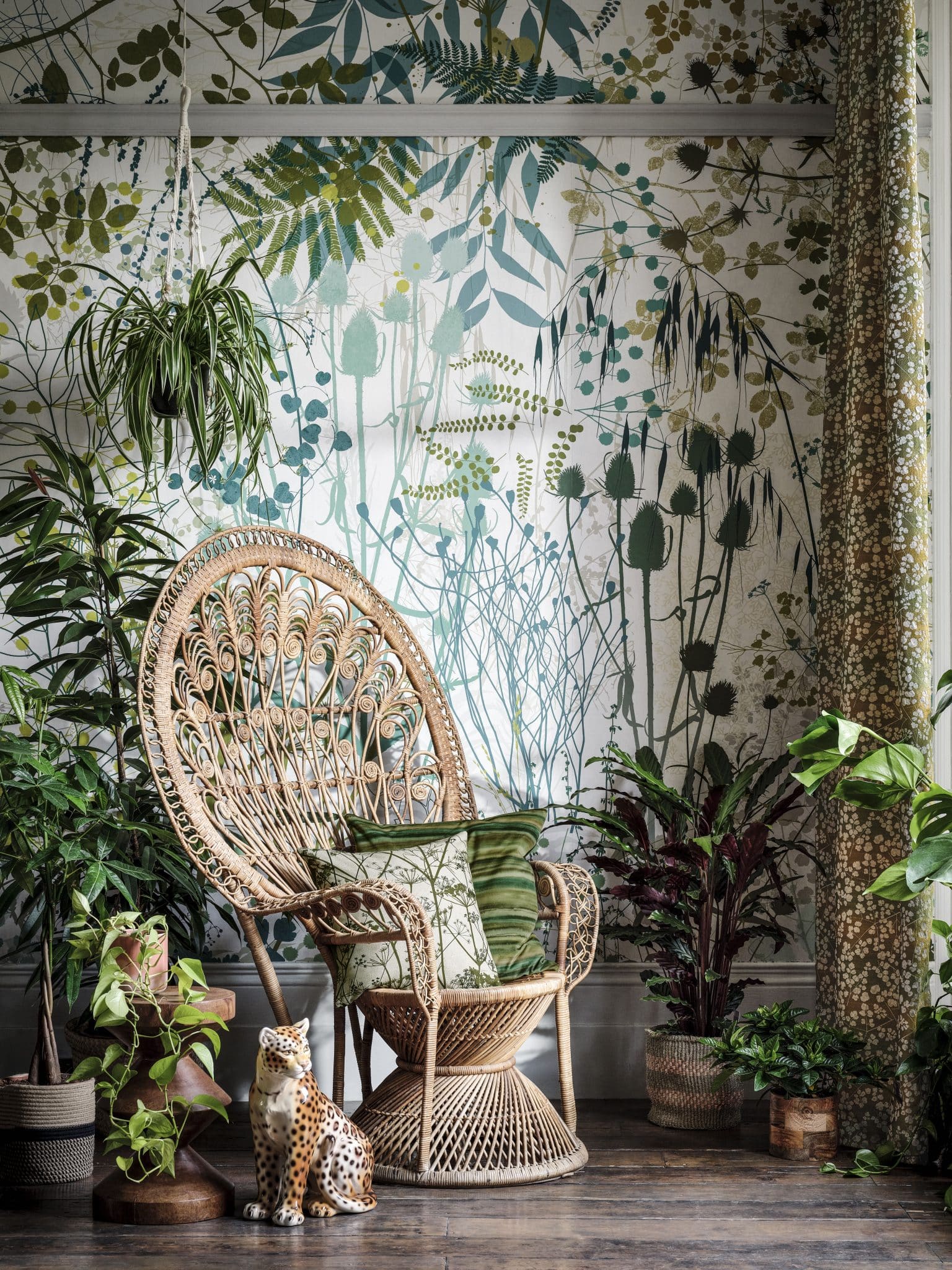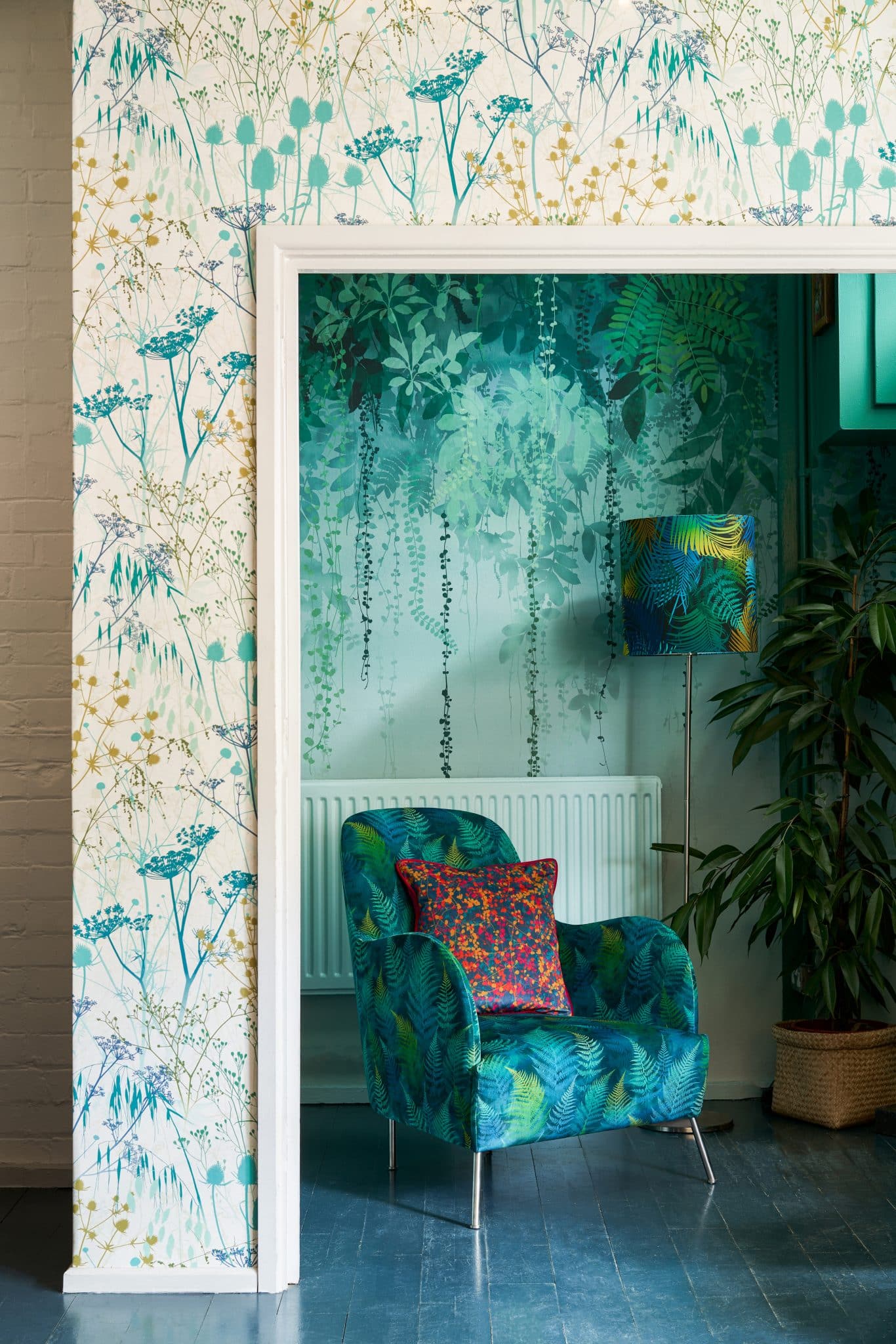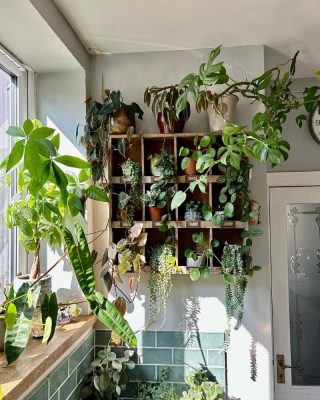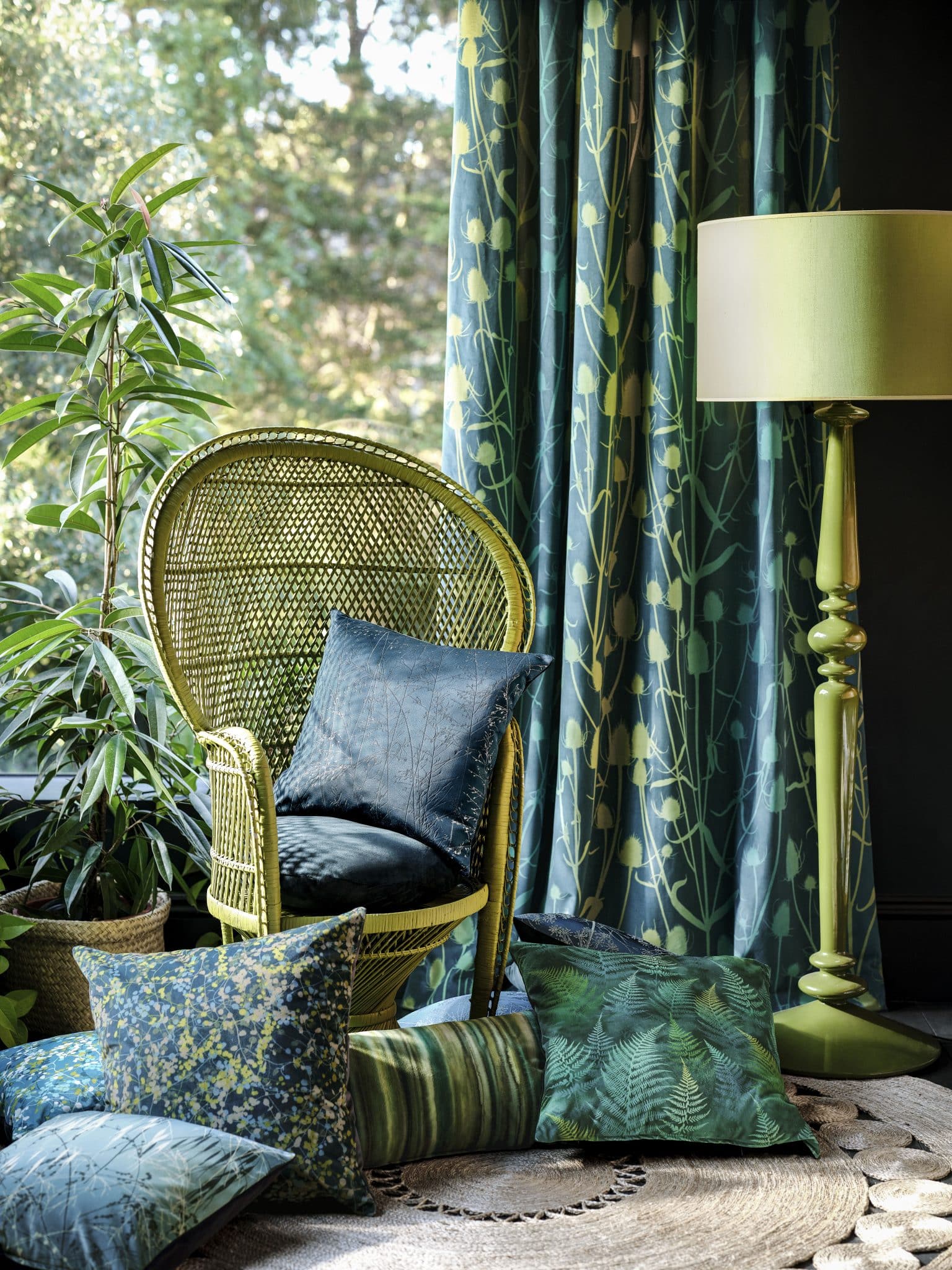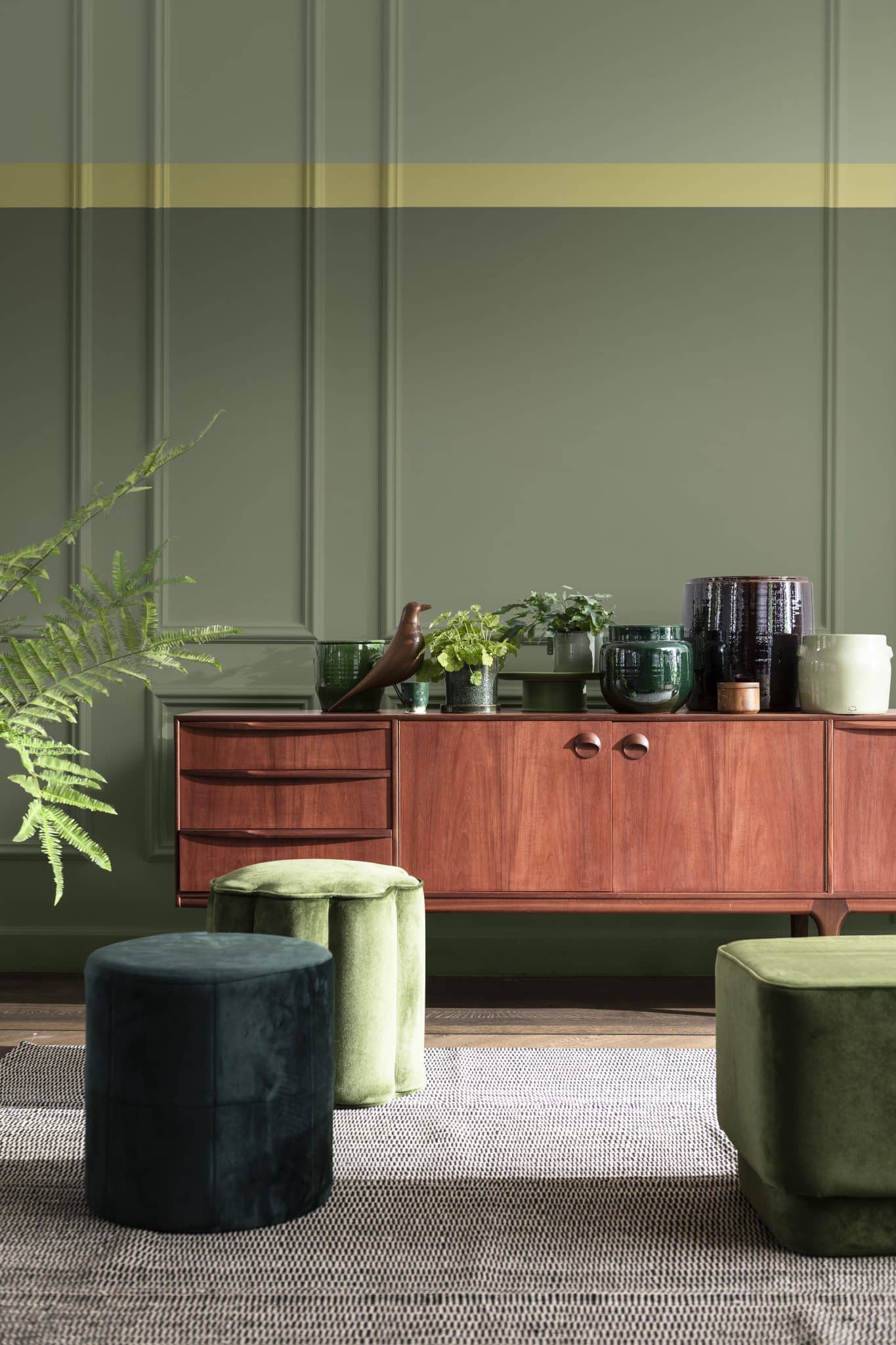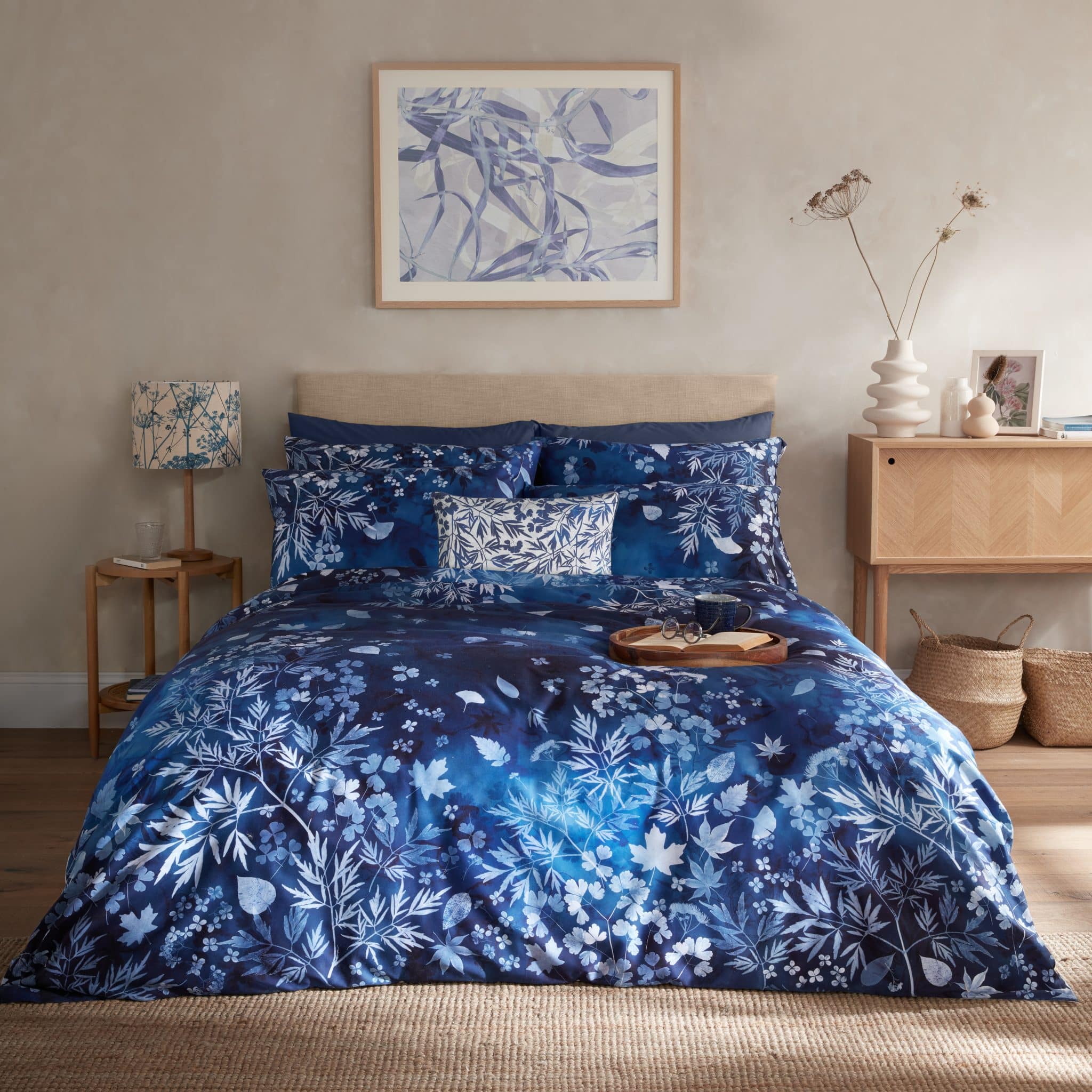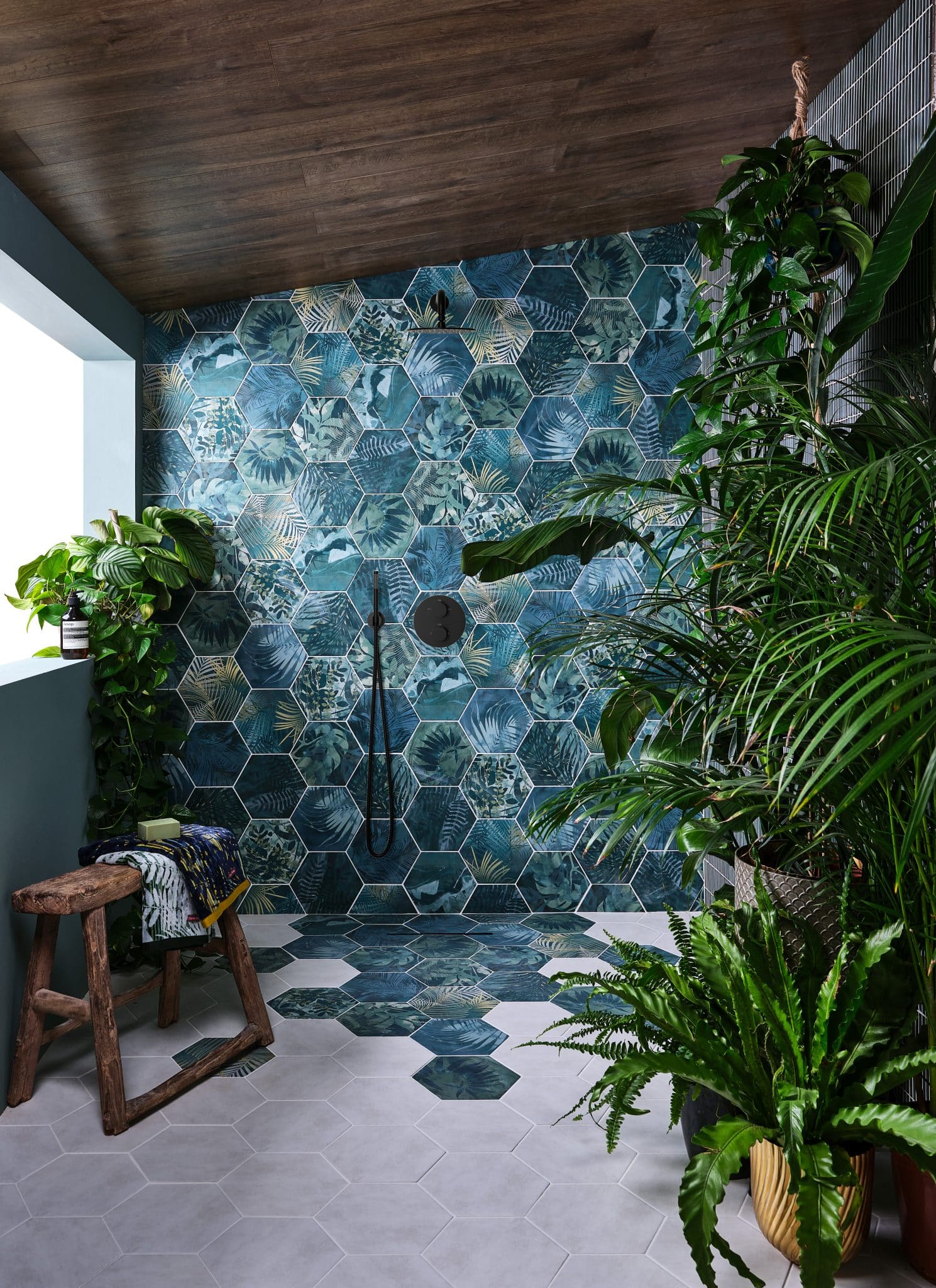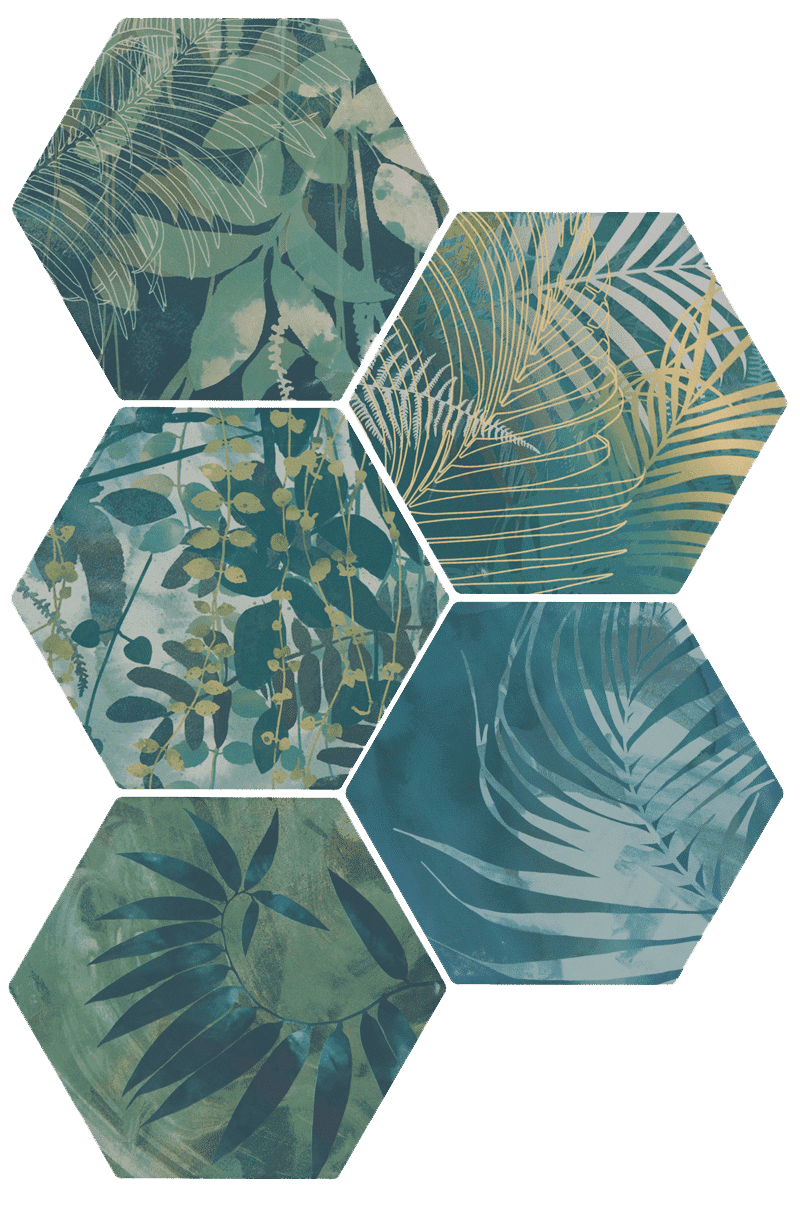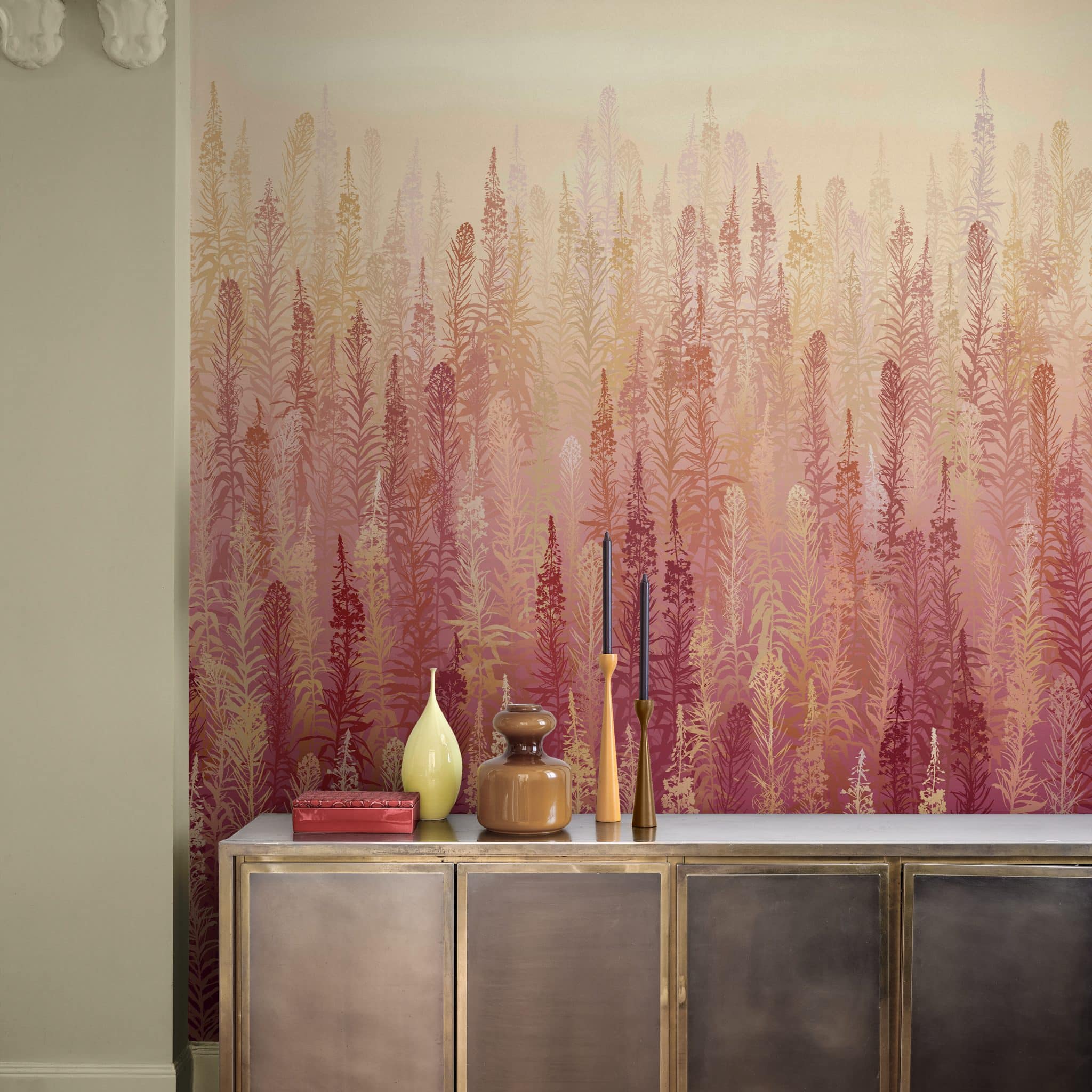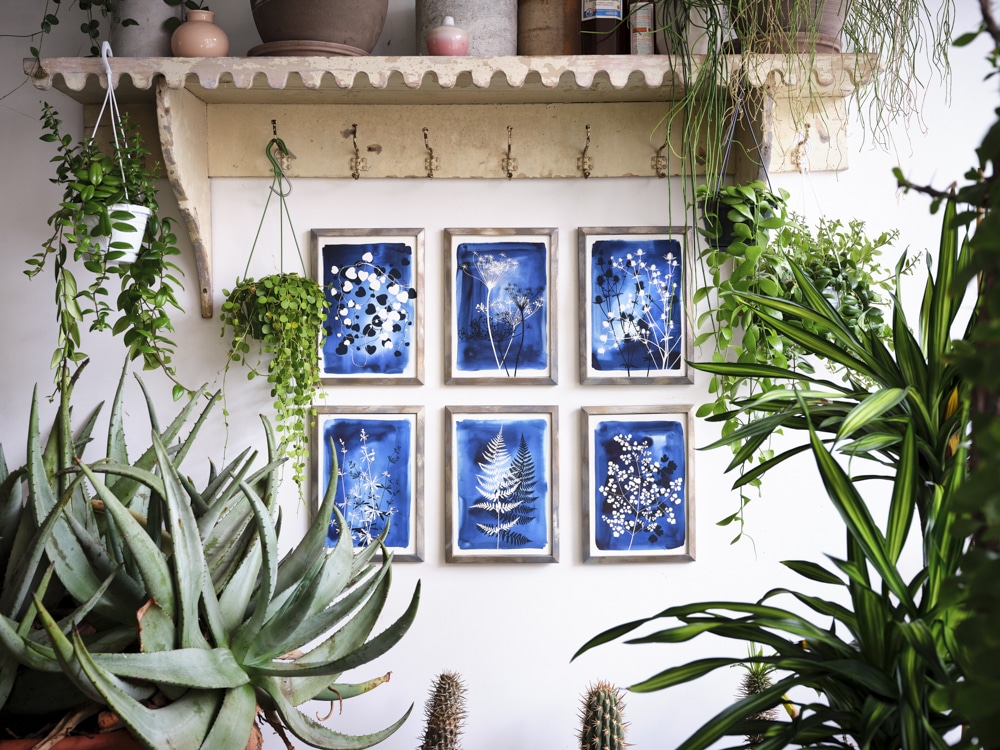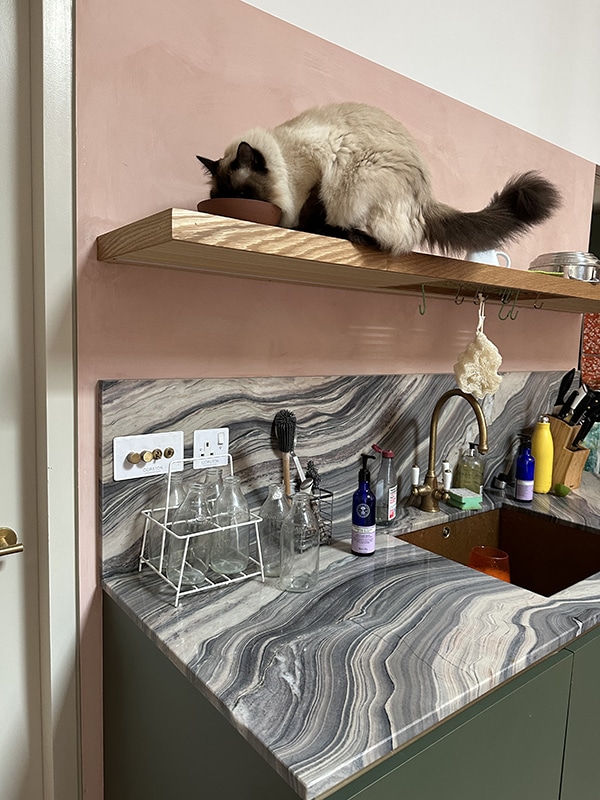How to bring nature into your home for a biophilic boost
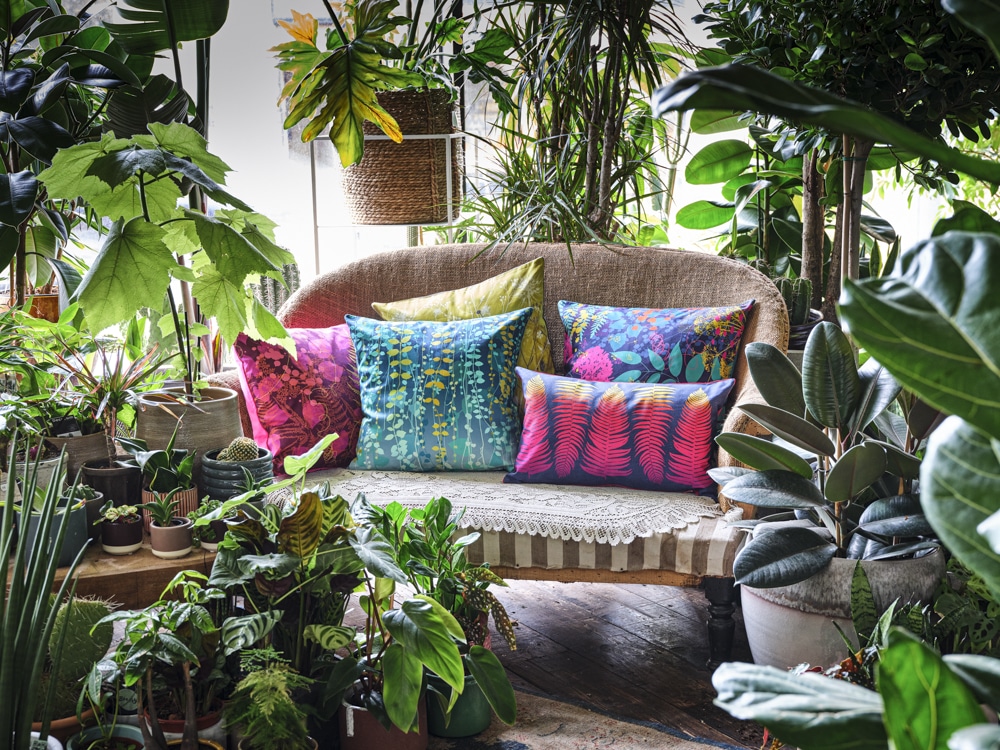
There are a wealth of studies showing how surrounding ourselves with plants can lower physiological stress and even increase productivity, while fitting out our homes with natural materials like wood has been shown to decrease stress levels and even lower heart rates.
Bringing the calming energy and healing power of nature into our homes can be beneficial to both our health and wellbeing – as well as make for a charming interiors scheme. There are many ways to harness this natural superpower, and it needn’t necessarily mean constraining yourself to one particular aesthetic or colour palette. Interiors expert Joanna Thornhill explains how to create your own biophilic sanctuary.
If you’re after a big biophilic hit, a full-on botanical-influenced mural can go a long way to achieving this goal: choosing busy patterns which features multiple natural motifs will both enhance that connective feeling and offer an invigorating feel.
Serendipity Greenhouse and Enchanted Vale Emerald mural from Clarissa Hulse
To maximise the effect, incorporate as many plants as you can within your scheme, for an indoor-jungle double whammy. The term ‘plant parenthood’ began trending during the covid lockdown(s), as many of us sought solace in caring for a collection of houseplants. But beneath just being a trend, it’s been shown that investing time and effort into nurturing plants can help alleviate anxiety, through the act of caring for something external – and feeling a positive mood boost when the fruits of our labour pays off through watching those plant-babies flourish!
Images from Happy Houseplants
If you’re concerned about keeping real plants alive, going for faux can still offer wellbeing benefits, though opting for low-maintenance real plants will bring more wellbeing bonuses in the long-run. Consider air plants (which, as the name suggests, don’t require soil – though they will need the odd dunk in some water to survive) or try succulents and cacti, which will be very forgiving if you’re a little forgetful on the watering front.
Green is often the colour most associated with biophilic design schemes – which is partly due to the fact that it comprises more variations than any other on the colour wheel. It also sits squarely in the middle of the spectrum of visible colours the human eye can detect – meaning our brains can read and process greens more easily than any other colour.
The variation of green tones across the spectrum gives you a lot to play with when decorating. Its palette broadly spans warmer, yellow-toned greens (like chartreuse and tarragon) through to cooler blue-toned greens (such as mint and teal).
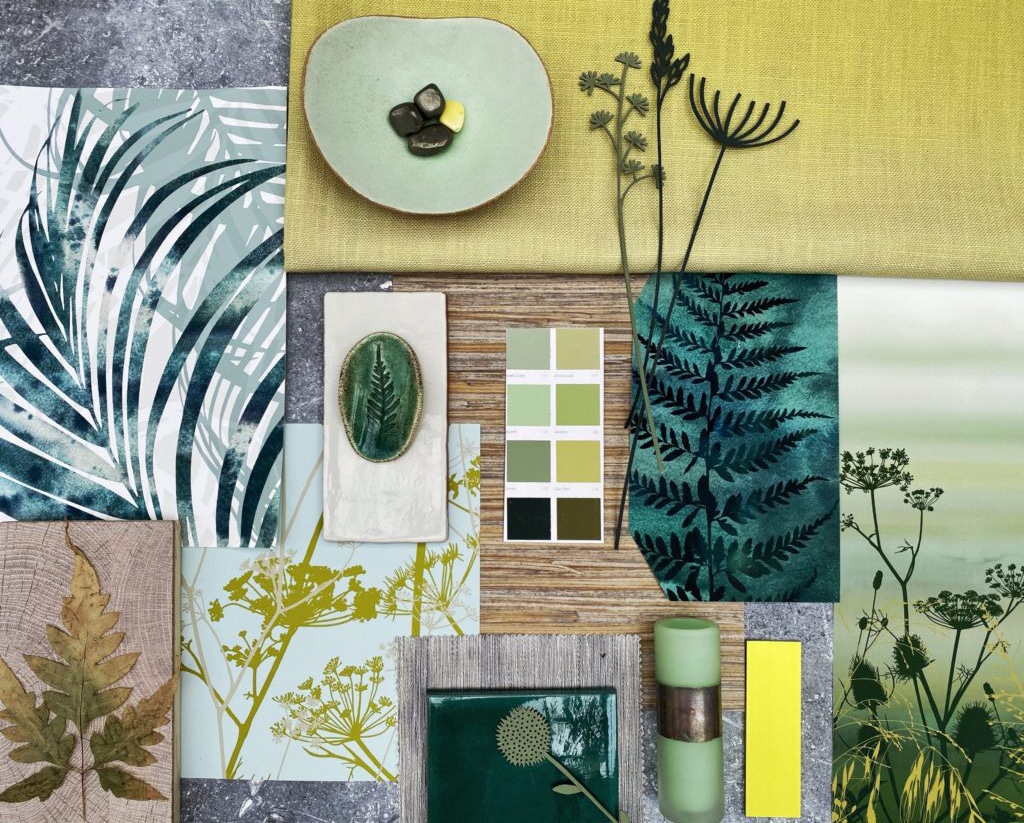
Paint colours, from a selection at Dulux’s Colour of the Year 2023 lush palette.
To create a more tonal look, stick with one ‘side’ or the other, or to mix things up a bit, use a combination of both blue and yellow-toned greens. If in doubt, follow the 60/30/10 colour principle, opting for the dominant colour taking up the bulk 60% of your scheme, your secondary shade for 30% and an accent pop for 10%. Unsurprising, pretty much all tones of green mix well with earthy, natural hues such as clay, terracotta and cork, to complete the biophilic look.
Introducing real wood into your interiors can offer instant visual softness as well as warmth and texture, all of which can help calm a frazzled nervous system. When using it to clad walls or floors, consider opting for a natural stain or coloured tint over fully painting it. Natural materials tend to combine well together so consider other areas you could bring them in, from woven sisal rugs and wicker baskets, to stone worktops and copper kitchen splashbacks.
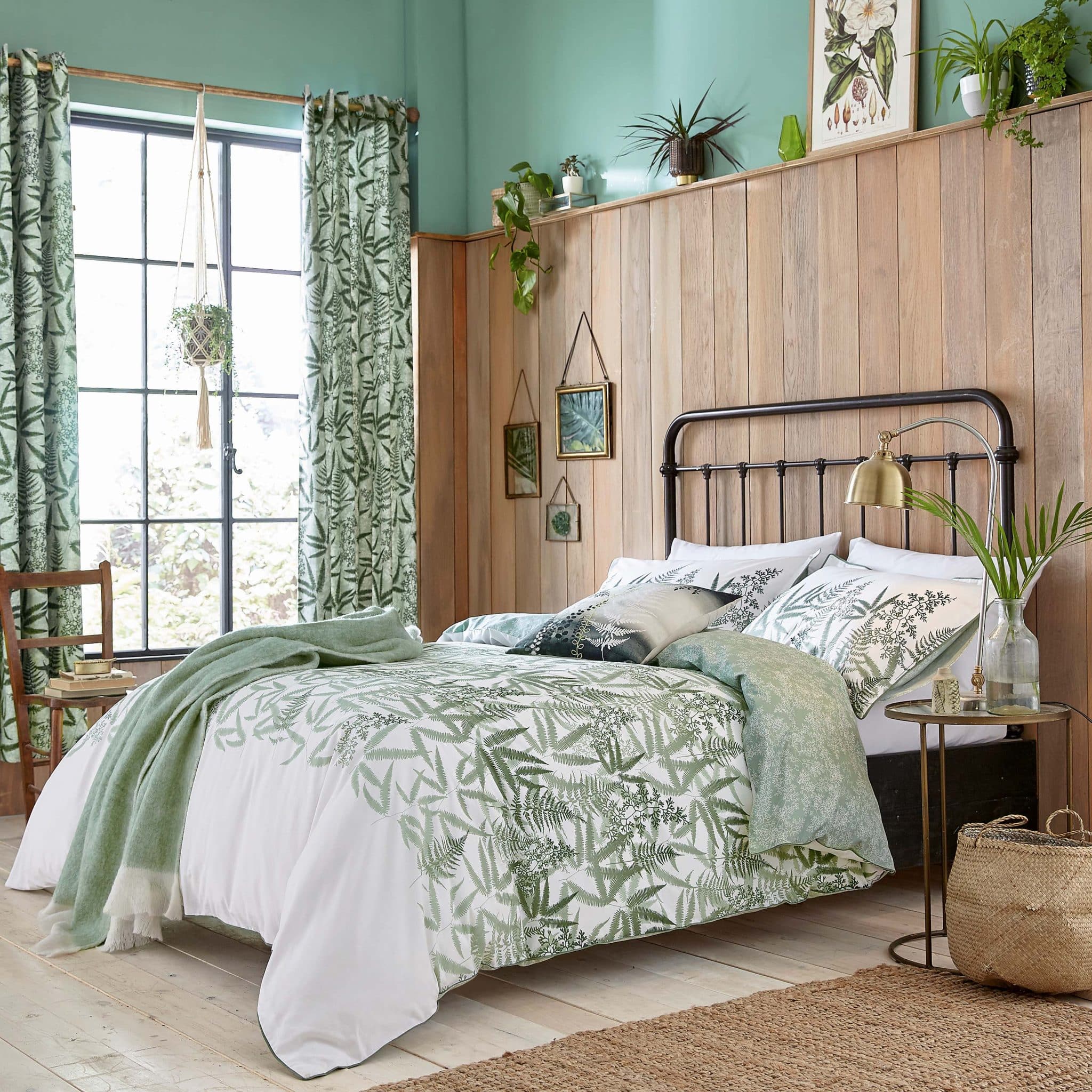
Clarissa Hulse Bed Linen designs, Cyanotype and Costa Rice Fern (now discontinued)
When it comes to combining different types of wood, you needn’t be too literal: try mixing in a range of pieces that don’t necessarily ‘match’, but all share a similar undertone, such as warm or cool. Or, keep to woods and materials of the same colour but vary the finishes, such as slick glossy boards juxtaposed against a rough, reclaimed timber antique stool.
Clarissa Hulse x Ca’Pietra Jungle Porcelain Hexagon Tiles
Natural doesn’t have to mean constraining yourself to just greens, blues and earthy tones: consider the vibrant colours that can occur just before sunset, or the striking hues found in more tropical climes. Thinking about the different seasons can help here: while Winter landscapes are somewhat stark, with more extremes of colour, Spring tones offer a more verdant, punchy palette. Summer hues are often a little more refined and grey-tinged, while Autumn gives us a glorious explosion of rich, warm red, orange and berry tones.
Tania’s Garden Dusk and Willowherb Autumn Murals from the Wiltshire Meadow Collection
Decorating with flowers (whether fresh, dried or as artwork) has been shown in studies to trigger happy emotions and positively affect social behaviour. Given that prints depicting nature can harness the same effect to a degree, integrating flowers of any type could help bring an uplifting feel to your space. Dried foliage can look striking and sculptural displayed in a vase, while preserved natural flowers and artwork allow you to keep out-of-season blooms on display year-round.
Giclee Artwork from Clarissa Hulse



